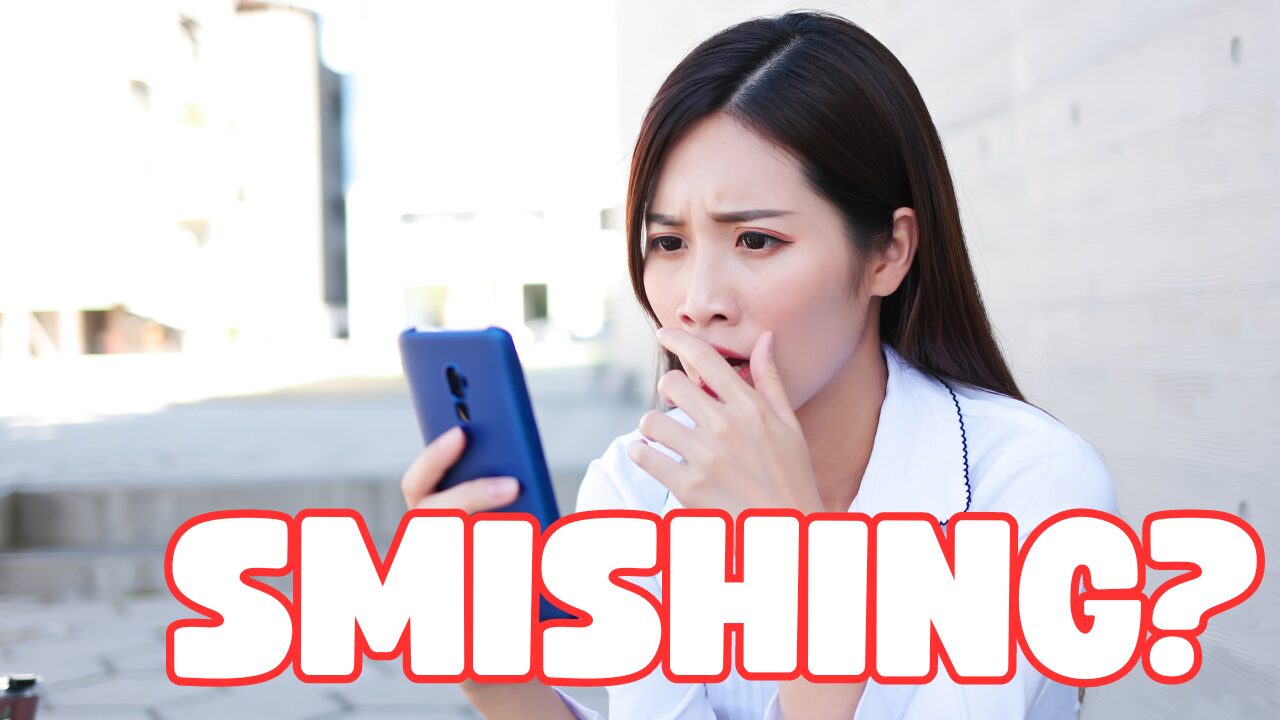-
Connect With Your Ottawa IT Service Company at (613) 828-1384
Connect With Your Ottawa IT Service Company at (613) 828-1384
Smishing, a portmanteau of “SMS” and “phishing,” is a fraudulent activity where scammers send text messages to bait recipients into divulging personal information or downloading malware. By masquerading as a trustworthy source, these messages often prompt you to take immediate action, such as confirming account details or claiming a prize. The sense of urgency is a deliberate tactic to catch you off guard and coerce you into responding before verifying the request’s legitimacy.
Recognizing smishing attempts involves discerning the tell-tale signs of fraud within a message’s content. These can range from generic greetings that don’t use your name to requests for sensitive information that legitimate organizations would not ask for via text. Hyperlinks in SMS messages are commonplace in smishing attacks, directing you to counterfeit websites constructed to steal your information. Furthermore, unsolicited message attachments should be cautiously approached as they can contain malicious software.
In an age where your personal information is constantly at risk, comprehending the threat of smishing is crucial for your digital security.
Smishing is a deceptive technique that involves sending text messages to lure you into providing sensitive information. The term combines “SMS” (Short Message Service) with “phishing,” an established method of cyber-fraud.
Smishing operates by sending you text messages that appear to be from a trustworthy source. These messages may prompt you to click on a link, which could lead to the installation of malware or direct you to a fraudulent website aiming to steal your personal information.

To protect yourself from smishing, it’s critical to recognize the hallmarks of these deceptive messages and understand their common features.
You can better safeguard your personal information by staying vigilant and informed about the characteristics and examples of smishing attacks.
In addressing smishing, your strategy must include both proactive protective measures and a clear plan for actions to take after receiving a suspicious text message.
To safeguard your personal information, do not respond to text messages from unknown or suspicious numbers, particularly those asking for sensitive information. Always verify the sender’s identity before taking any action. When considering protective measures:
If you suspect you’ve received a smish: